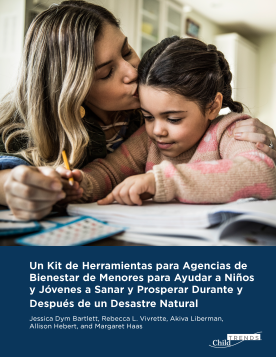
Un Kit de Herramientas para Agencias de Bienestar de Menores para Ayudar a Jóvenes a Durante y...
Ayuda a las agencias de bienestar infantil a apoyar a los niños y jóvenes durante y después de los desastres naturales.
The following resources on child trauma were developed by the NCTSN. To find a specific topic or resource, enter keywords in the search box, or filter by resource type, trauma type, language, or audience.

Ayuda a las agencias de bienestar infantil a apoyar a los niños y jóvenes durante y después de los desastres naturales.
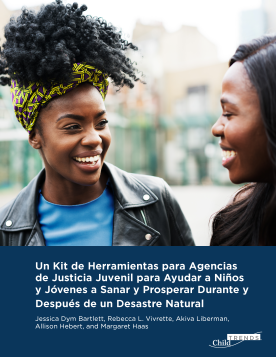
Ayuda a las agencias de justicia juvenil a apoyar a los niños y jóvenes durante y después de los desastres naturales.
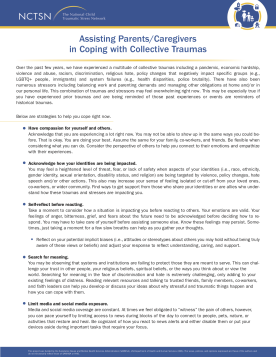
Offers strategies to help parents and caregivers cope with collective traumas. This fact sheet also provides guidance on what parents and caregivers can do to care for their children as they cope. Updated May 2024.
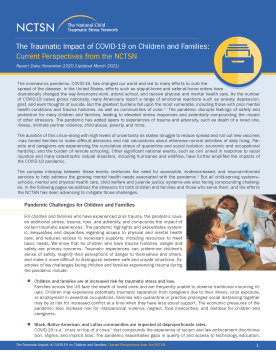
Outlines some of the traumatic impacts that COVID-19 has had on children and families. This report breaks down some of the pandemic challenges that children, families, and child-serving agencies have faced and describes the NCTSN's response to COVID-19.
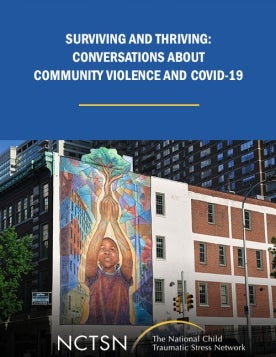
Focuses on current challenges and recommendations for addressing the needs of young immigrant children, youth and families; highlighting the importance of community partnership, early childhood protections; addressing substance use and its effects, as well as faith based supportive approaches.
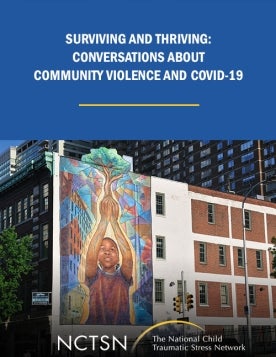
Provides perspectives on the institutional responses to the links between community violence and COVID-19 including law enforcement, juvenile justice, national disaster, and mental health systems.
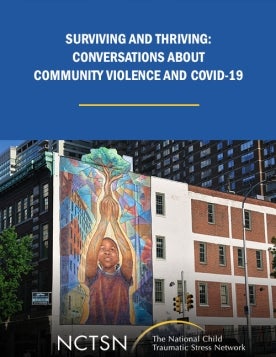
Looks at community violence, an ongoing crisis in society as many youth and families feel the destructive repercussions of peer conflicts, gun and other weapon attacks, gang fights, and public violence incidents.
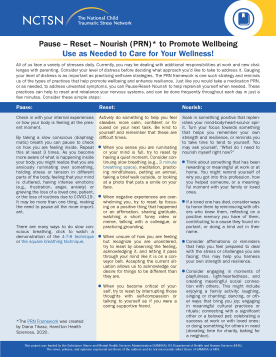
Provides information about the specific self-care strategy of Pause-Reset-Nourish, or PRN.
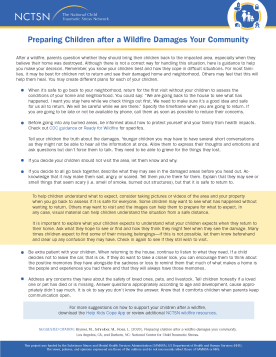
Offers guidance to parents and caregivers on deciding whether or not a child should return to their home or neighborhood after it was damaged in a wildfire.
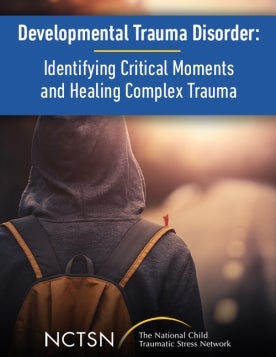
Features Andrew Woods, a clinician with over two decades of experience working with boys and men of color.
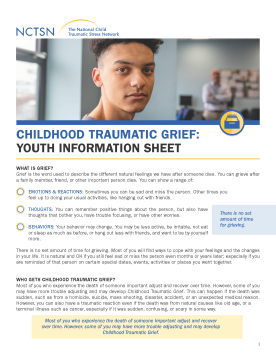
Offers information for youth to help them understand the differences between grief and traumatic grief, the signs and symptoms of traumatic grief in children and youth, and what to do to feel better.
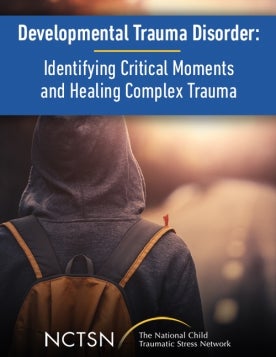
Introduces Angel Cooper, Matthew Bump, Weimy Montero, and Marcell Paige, four amazing young adults who will talk about their experiences and thoughts on resiliency. They will reflect on their goals, challenges, healthy coping styles, and hopes for the future.